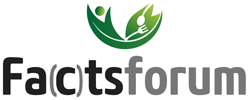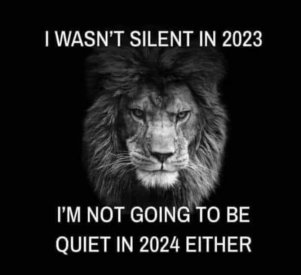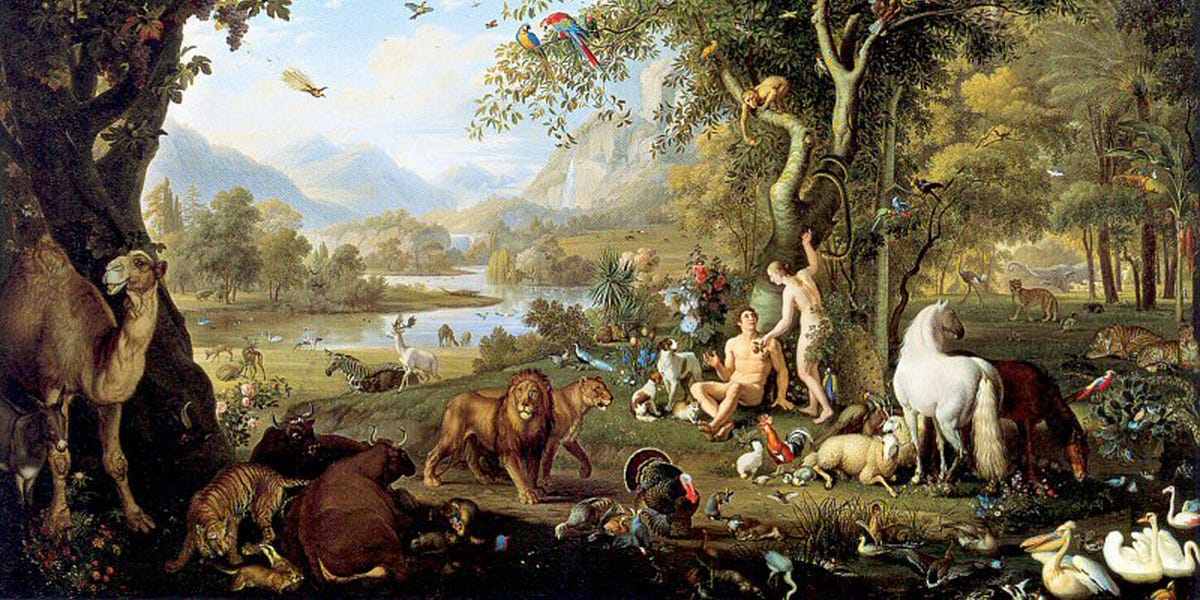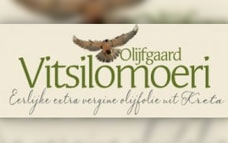Jewish tradition alludes to four messianic figures, called the
Four Craftsmen, which are discussed in the
Babylonian Talmud Suk. They are in reference to the
Messiah ben David,
Messiah ben Joseph,
Elijah, and the
Righteous Priest who will be involved in ushering in the Jewish
Messianic age.
The Jews refer to the Old Testament as the oral and written Torah, which includes the first 5 books of the Old Testament. What people don’t know is that the Jews have added required readings of interpretations to these books. These interpretation books are called the
Midrash and
Talmud, which show the ancient rabbi perspective of these books. They are known as the Oral Torah and are the origins of the current faith, known as Judaism.
The
Mishnah or the
Mishna (
/ˈmɪʃnə/;
Hebrew: מִשְׁנָה, "study by repetition", from the verb
shanah שנה, or "to study and review", also "secondary")
[1] is the first major written collection of the Jewish
oral traditions that are known as the
Oral Torah.
The
Gemara (also
transliterated Gemarah, or in
Yiddish Gemore) is an essential component of the
Talmud, comprising a collection of rabbinical analyses and commentaries on the
Mishnah and presented in 63 books.











